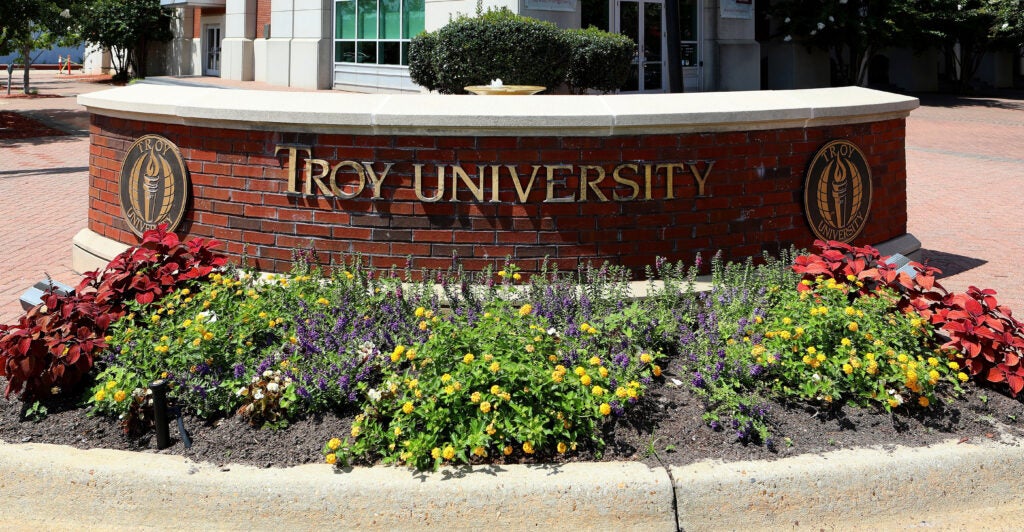Recently, the Legislature in my home state of Alabama told public four-year colleges to report how much they spend on “diversity, equity, and inclusion.”
The amount: $16.2 million.
Are taxpayers getting anything for this money?
DEI advocates say it’s a good investment. Paulette Granberry Russell, the president of the National Association of Diversity Officers in Higher Education, says that anti-DEI legislation ultimately would prevent historically marginalized students from fully engaging in higher education.
But is that true?
To find out, I looked at spending on DEI programs at prominent colleges and enrollment of black students at those schools.
Auburn University and the University of Alabama reported DEI budgets of $3 million each, according to AL.com. The University of Alabama enrolled 4,344 blacks in 2022 (less than 12% of its student body) and Auburn University 1,560 blacks (less than 5% of its students), according to the Alabama Commission on Higher Education.
How about outside Alabama? The University of Michigan reportedly spends more than $18 million on DEI staff and benefits, yet in 2022 blacks made up less than 5% of undergraduates there. George Mason University in Northern Virginia has “a ratio of 7.4 DEI staff per 100 faculty,” yet blacks made up just over 11% of students there in 2022.
How much did Troy University, where I teach, spend on DEI? Zero dollars.
Yet Troy enrolled 4,421 blacks in 2022—almost 32% of its student population.
Instead of feeding bloated DEI bureaucrats on Troy’s campus, the school actively recruits international students from across the world to our small town in southeast Alabama—hence our nickname “Alabama’s international university.”
Troy University has achieved diversity in part by rejecting DEI, which negatively affects organizational culture, fostering fear and resentment rather than friendship, openness, and dialogue.
Ironically, DEI racially discriminates to remedy past racism. It stifles viewpoint diversity by bureaucratizing speech restrictions with bias-reporting systems and response teams. It mandates ideological diversity and sensitivity training, seeking to compel acceptance of controversial and suspect premises.
Some DEI initiatives are absurd. For instance, the Federal Aviation Administration’s DEI plan recommends hiring employees with psychiatric and “severe” intellectual disabilities. Will those qualities make flying safer?
DEI is dehumanizing, classifying people by immutable characteristics, not by the choices they make that reflect their character, individuality, or excellence.
The salaries of DEI officers at public universities are considerably higher than most faculty salaries, despite the dearth of evidence that DEI works.
The National Science Foundation recently awarded a grant to study why its $365 million investment in diversity failed to increase female representation in engineering.
The Heritage Foundation discovered that students at the Power Five collegiate athletic conference universities with numerous DEI staff feel less, rather than more, welcome on campus. It also found that black and Hispanic students suffered larger learning losses in public school districts with chief diversity officers.
Even among private firms, diversity programs fail. A recent New York Times headline asked, “What if Diversity Training is Doing More Harm Than Good?”
Intimidation and resentment—products of DEI—are not conducive to learning or community.
The Supreme Court recently struck down the affirmative action programs at Harvard and the University of North Carolina.
Bills limiting or defunding DEI programs at public universities have passed or been introduced in numerous jurisdictions, including Alabama. It’s time for public universities to be more like Troy University, which diversifies its student body by concentrating on education, its stated mission, and not on divisive concepts that too often accompany DEI training and bureaucracy.
The university’s motto reads, “Educate the mind to think, the heart to feel, and the body to act.” These words apply to all races, uniting diverse peoples across cultures and traditions.
My colleagues and I take this motto seriously. And the racial and demographic statistics of our student body demonstrate the merit and effectiveness of our approach.
You can’t legislate, coerce, or command a welcoming environment. But you can nurture an institutional culture in which students and faculty feel they belong.
Have an opinion about this article? To sound off, please email letters@DailySignal.com and we’ll consider publishing your edited remarks in our regular “We Hear You” feature. Remember to include the URL or headline of the article plus your name and town and/or state.
